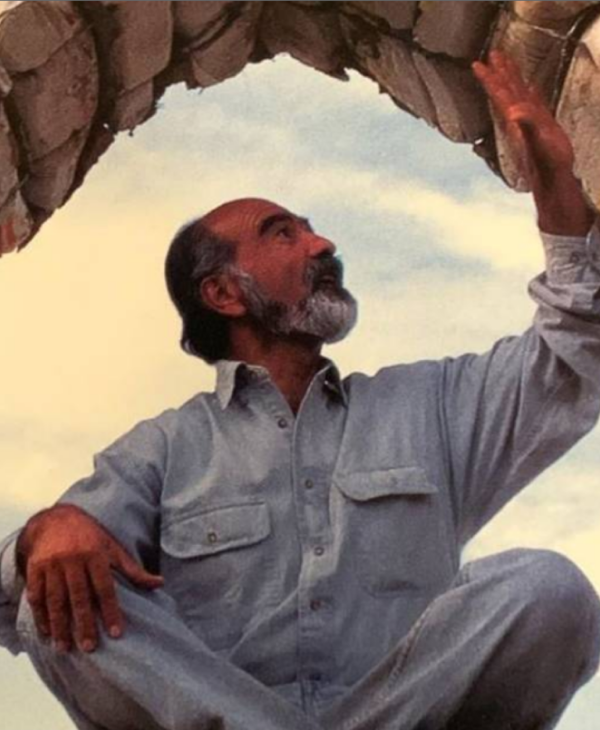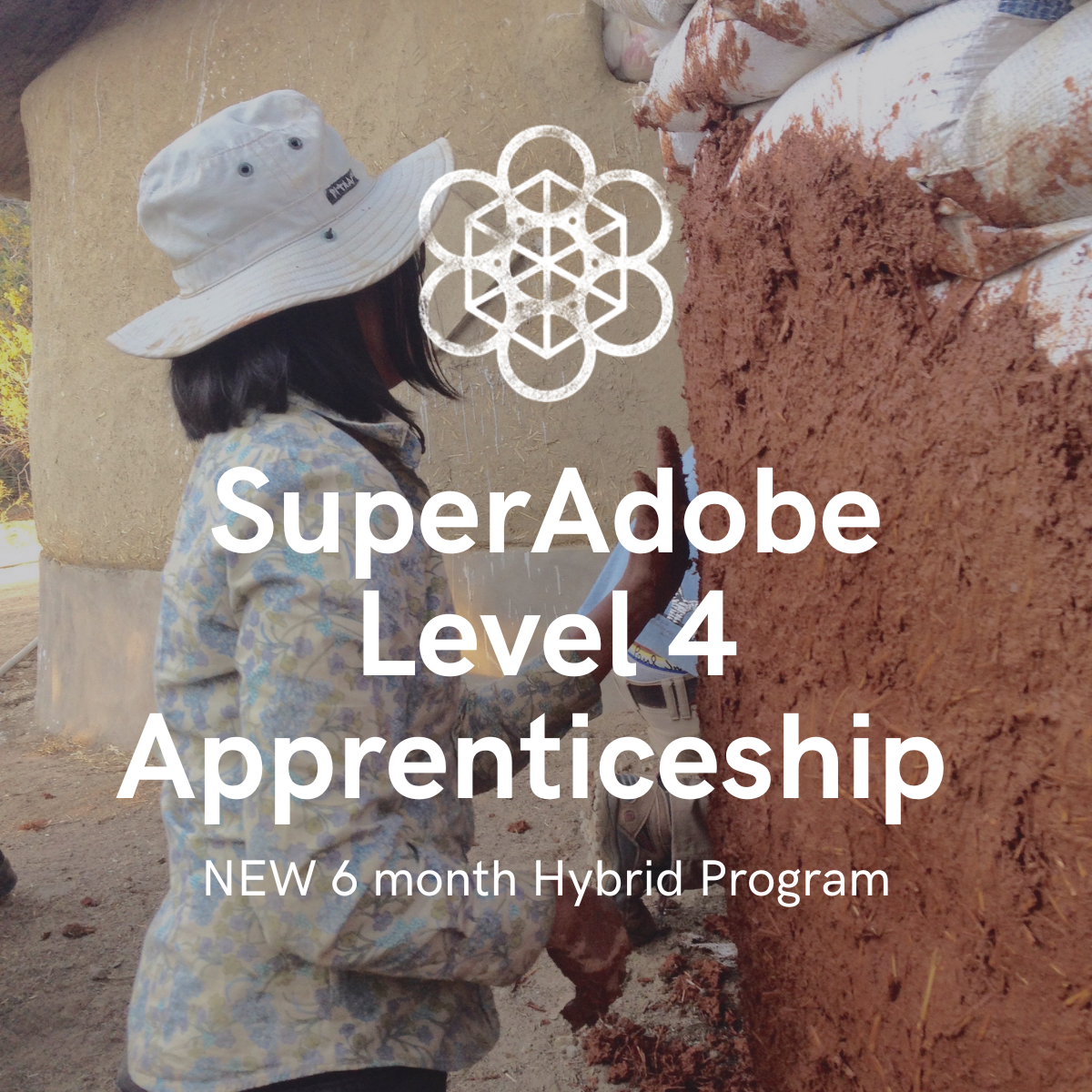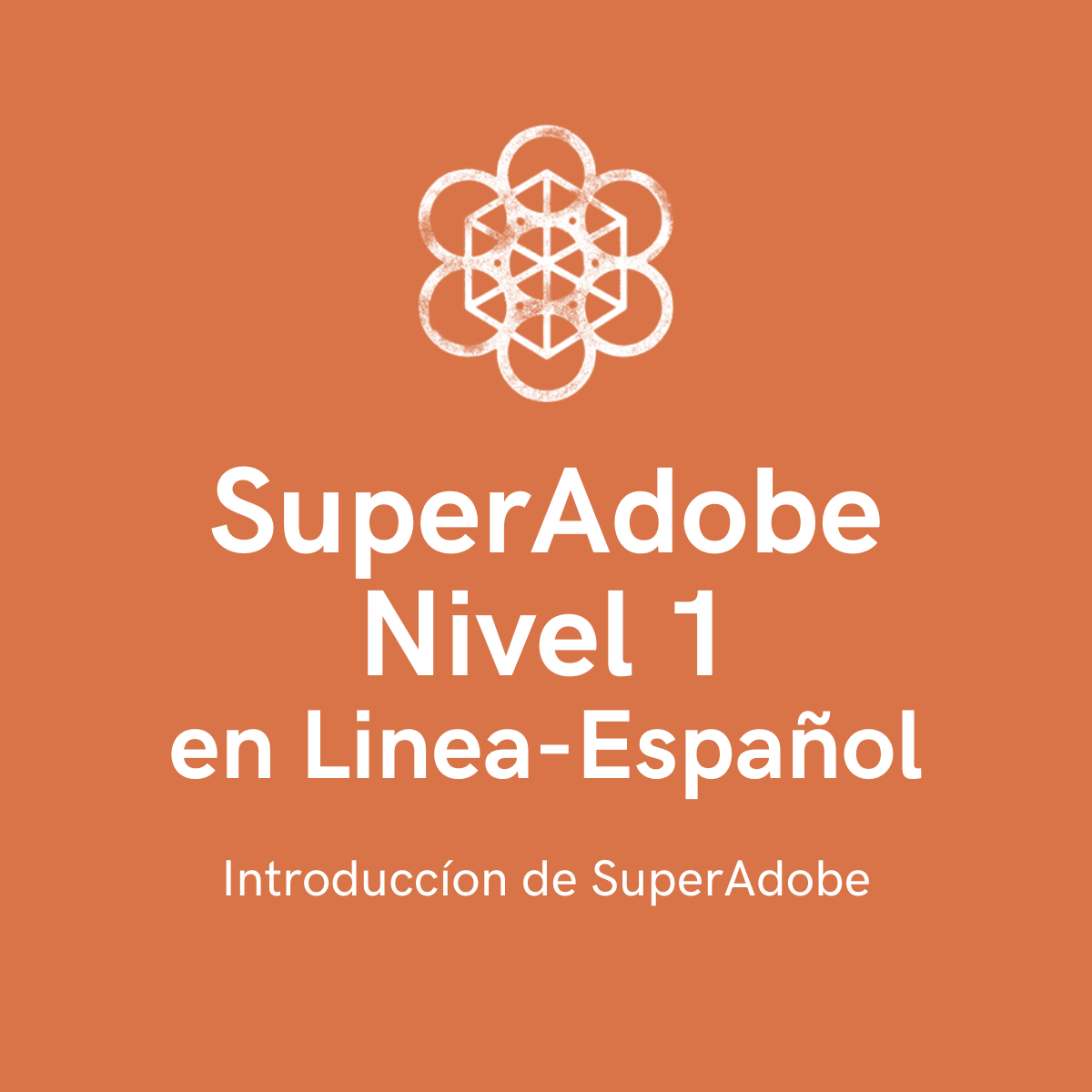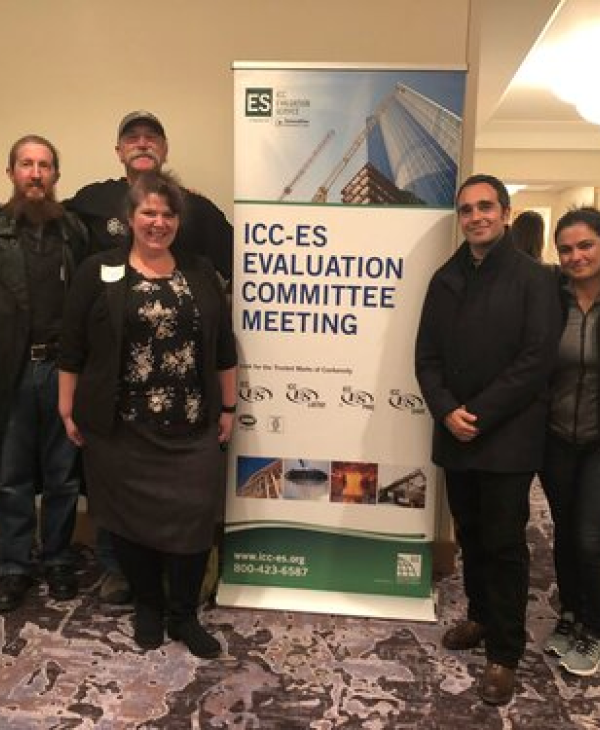Check out this GREAT resource! CalEarth is honored to be featured in “Peace Heroes, Nader Khalili: the Story of a Peace Hero.” This fun and educational publication tells the story of our founder, Nader Khalili and his journey to bring sustainable shelter to all people. Authors Kirsten and Elie also teach about Iranian culture and provide ideas on how YOU can make a big difference in your own backyard.
A great read for adults and kids! https://online.flowpaper.com/7a6b0754/NaderKhalili/
CalEarth recently sat down (virtually!) with the Peace Heroes team to learn more about how they are inspiring children across the globe. Read about their remarkable organization below!
————————————————————————————
Tell us about your organization, Peace Heroes. What is your mission?
Peace Heroes is a dynamic and interactive school program that uses stories of real-life women and men from every continent to instill in students the values and ethos of peace while giving them the tools to be proactive peacemakers.
Students learn about hardships, injustices, and conflicts all over the world as well as the people who have stood up to bring peace and wholeness to these situations. They are then encouraged to learn about the challenges facing their own communities and celebrate their own local peace heroes. This dual approach empowers students to become agents of profound and positive change in their own specific context as well as in the world at large. Ultimately, Peace Heroes helps students internalize that they themselves can be Peace Heroes!
Peace Heroes began in 2013 when a Palestinian school in Jerusalem decided to purposefully teach its students peace in an environment marked by violence. We developed a story-based program in that school that aimed to reframe the students’ sense of who a hero is - instead of the militaristic hero they had grown up with, we told them stories of real-life heroes who prioritized peace and who worked to heal the brokenness in the world around them. The stories of these remarkable women and men not only inspired students but modeled the ways in which each and every one of them can make a difference for good in the world.
Peace Heroes was such a success at the school in Jerusalem that we launched a pilot program to bring it to other schools around the globe, and we are now working to reach an even wider audience. We believe the stakes today are too high to be focusing only on knowledge and academics in our schools. As racism, inequality, poverty, environmental degradation, and conflict ravage the globe, it is more important than ever that we teach our children new stories and empower them to heal this broken world.
It is our mission to transform schools into places where students are inspired to be agents of social change for a more just and peaceful world.

How does Peace Heroes provide a curriculum for schools? What is included in the curriculum and how is it implemented?
How it works: We tell stories of people from all over the globe whose lives display the transformative power of peace. Then we create interdisciplinary activities that inspire action and give students the skills they need to face the challenges of our day. And most importantly, we empower students to face pressing issues in their communities and the world with courage, creativity, and hope.
Each hero’s story includes 3 sections:
-
Cultural Immersion (based on the Peace Hero’s culture): Learning about and appreciating someone else's culture is a powerful way to humanize those who are different or unlike us. The cultural immersion activities help bring down walls in the most natural and unstated way.
-
The Challenge: Here students learn what the problem was that necessitated someone to rise up and make a change (For example, poverty, natural disasters, racism, war, etc.). This gives them the context both for the significance of the Peace Hero's life and work and for their own potential to rise up and make a difference in the world.
-
The Hero’s Life and Impact: Then students hear about the lives of real life men and women from diverse backgrounds who have bravely faced these overwhelming challenges, learning from the wisdom and example of these inspiring Peace Heroes.
So far through our pilot program we've found that every school has adapted Peace Heroes according to their specific context. For example, a small international school in Kenya has taken 6 heroes to focus on extensively throughout the year at all their grade levels, allowing the entire school to join together in Peace Day celebrations, school-wide musicals and art exhibits, etc. A larger preparatory school has used the stories as supplementary resources for their history and current events classes as a way of bringing in a different perspective to complicated situations. At the Palestinian school where Peace Heroes started, they teach it as a Peace History course, choosing to teach history through the lens of peace, not war. Peace Heroes has been taught in art, science, literature and music classes all over the world!
During the coronavirus global lockdown, we decided to take some of the stories from our comprehensive units and turn them into mini-magazines that could go straight into students’ hands as an interactive learning experience. One of these was Nader Khalili’s story, which we turned into the mini-magazine that you’ve seen, and the others (Leymah Gbowee, Mum Shirl, and Bruno Hussar), can be found at this link. We hope to be releasing more mini-magazines in the coming months that connect to some of the issues of racism, equality, nonviolent activism, etc., that are so pressing today.

Currently, which countries are using your curriculum?
Peace Heroes grew organically from its roots in Jerusalem through our pilot program and word of mouth and has been used in various forms in Kenya, Israel/Palestine, South Africa, Burundi, Germany, and refugee camps in Northern Iraq/Kurdistan, as well as by smaller groups and individuals in the United States and Canada.
How do you choose the heroes to include?
We define a Peace Hero as anyone who is working to mend the brokenness in the world around them. With that in mind we try to select people who display a commitment to nonviolence from as diverses contexts as possible - different parts of the world, faith traditions, skill sets, etc. - both to illustrate that anyone can be a peace hero and to expose students to different cultures and types of people, especially those that they may otherwise make assumptions about.
At CalEarth, we were so excited to see our founder, Nader Khalili, included in your curriculum. What inspired you to select him?
Early on in the formation of the program we heard about Nader Khalili and the creative and significant way that he responded to the suffering of people in Iran. We were immediately inspired by his story and were excited to share it with students, especially because many people wouldn’t immediately think of an architect as a Peace Hero. His life so clearly models the truth that any passion or skill set, when melded with compassion and creativity, can be used to build peace. We love that students who may not consider themselves activists or political leaders, for example, can be inspired by Khalili to use their unique gifts for the greater good. (And of course who can resist a story that involves natural disasters, motorbike road trips, and Rumi’s poetry?)
How did the students who learned about Nader Khalili and CalEarth react?
One of the first schools that taught Khalili’s story was in Israel. It was an incredibly powerful experience to witness the enthusiastic response of both the students and the teachers at that school as their assumptions about Iran were challenged through this inspiring story. Khalili humanized the Iranian people for them, and we’re convinced that because of his story, a small bridge of peace was built in their own hearts and attitudes.
When we released our mini-magazine about Khalili a few months ago, we heard from a number of parents and teachers who were so excited to share it with the children in their lives. One mother in Canada sent an email packed with exclamation points about how much she loved his story and spent days teaching it to her children, and especially how excited she was to use what she was learning as a point of connection with close family friends from Iran. One family in the United States sent us photos of the clay structures, colourful mandalas, and Iranian flags they had created together while in quarantine, inspired by the magazine. And this letter, from a science teacher at an international school in Kenya, captures so well the response educators had to his story:
Dear Peace Heroes,
Thank you so much for all the thought and effort you put into your Nader Khalili magazine. Not only was it physically beautiful, but the true beauty lay in the fact that my students were taught about Iranian people and culture along with their study of earthquakes. I felt honored to be able to share such a life-giving story about a real Peace Hero with my students. It allowed us to make real-world connections to the topic in such an inspiring way. I know that introducing them to Nader Khalili has planted seeds of hope in their hearts. Only time will tell what an impact this has made in their lives and how these young hearts will spread peace in the world in their own unique ways.
With a heart full of gratitude,
Stacy Fuller, MS Science Teacher
We also received many comments from students themselves. These are just a sample:
-
"[Nader Khalili] really loved his people and wanted to go back to them and help them, and he found a way to build very simple homes for his people which were affordable. His children continued his life's work which is very inspiring."
-
"You don't have to be an experienced worker to build a house and that these houses can be our future."
-
"I learned that you can use the earth to create safe and affordable housing, I didn't really know that you could create housing like the housing that they are creating.
-
I also learned that the houses that they are building are helping to stop deforestation, and they have been built all across the world."
-
"When the Earth is put into the hands of someone who knows it's worth, it can do wonders for hundreds of people. What Cal-Earth is doing."
-
"I've learned that I can use my talent, doesn't matter what I have, to heal the world and make the world a better place."
-
"Nader Khalili was a very creative man seeing as the houses do not look like traditional houses that you see on a day to day basis."
-
"Cal-Earth institute build all types of house structures from arches, circles, domes, and vaults which works with the same operation that gravity is not pulling your building apart but slowly pulling it together which is just fascinating."
-
"I liked that he didn't have to give up what he loved to help his country out and that he got his inspiration from poetry."
-
"He worked with the talents he had, not a talent that he wished he had, which just makes a raw and genuine person."
-
"Nader Khalili worked hard in everything that he did and used his talents to the best of his abilities. His structures/buildings have impacted thousands of people - he is a very selfless man, he thinks about others rather than himself."
What is your greatest hope for the future of Peace Heroes?
In the last few months, as issues of inequality, racism, oppression, and violence have been brought dramatically to the fore in the U.S. and around the globe, more and more educators are looking for ways to address social change, solidarity with the oppressed, anti-racism, and nonviolent activism with their students. We believe Peace Heroes could meet this need, as our heroes span a wide spectrum relating to these issues. We believe that each story, no matter where in the world it is situated, can transform us in our own particular contexts and can speak to today’s most pressing challenges.
We, of course, are still just getting off the ground as a small organization, but we hope that we can continue to spread the word about Peace Heroes so that schools around the world can broaden the education they are offering to include these important issues. We would love for Peace Heroes to become a global movement of students and communities inspired by these amazing role models, connecting with each other and working together to be our next generation of Peace Heroes.




